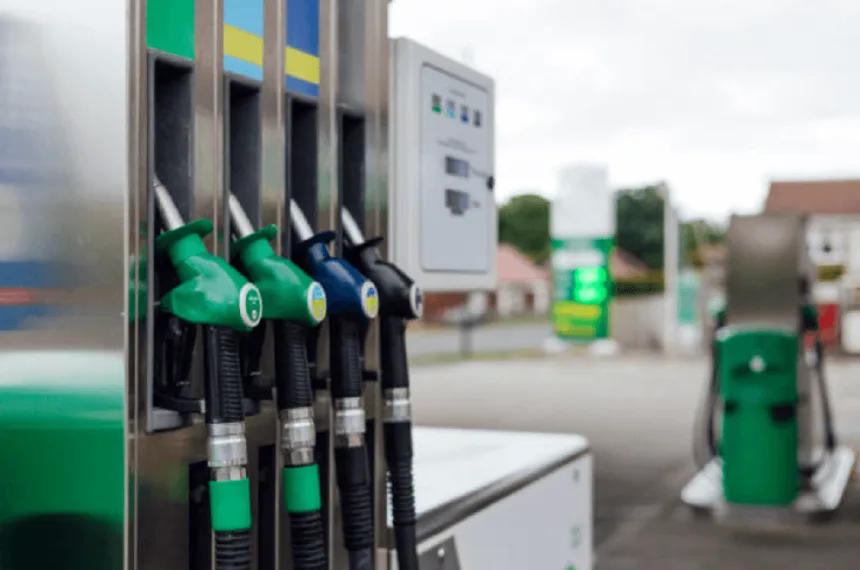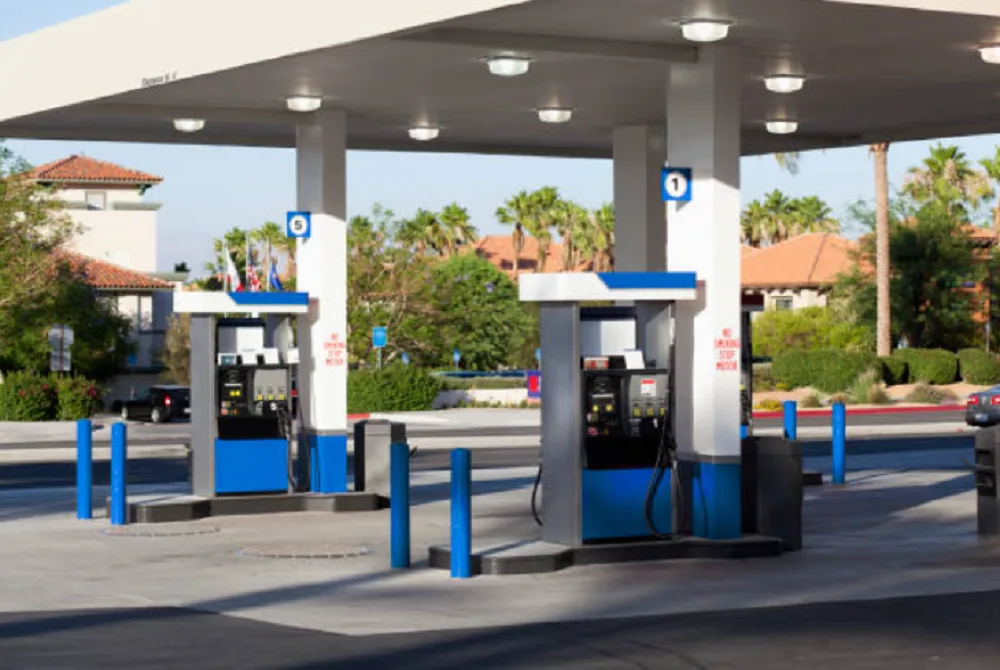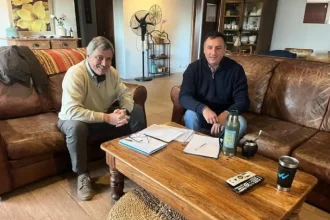The IMESI discount on gasoline expanded coverage in border departments. The measure includes a second 16% reduction for towns located between 20 and 60 kilometers from a border crossing with Brazil or Argentina, while the 32% reduction remains for towns within the first 20 kilometers. The announcement was made by economic authorities and was presented in response to requests from various local stakeholders.
According to reports, the goal is to support price dynamics in border areas and maintain the competitiveness of Uruguayan gas stations. The extension of the IMESI discount on gasoline seeks to reduce asymmetries that affect commercial traffic and the daily flow of residents who travel to work, study, or make regular purchases.
The official proposal emphasized that measures must be adapted to changing contexts. Border realities depend on factors beyond Uruguay's control, such as the exchange rate or tax fluctuations in neighboring countries. Therefore, the tiered scheme is presented with room for gradual adjustments, always with a focus on preserving household income and local commercial activity.
The expansion establishes two clear levels. First, a 32% reduction within 0 to 20 kilometers. Second, a 16% reduction between 20 and 60 kilometers. In practical terms, the IMESI discount on gasoline will be applied based on the location of the service outlets and the definitions published by the Executive Branch in coordination with municipalities and regulatory agencies.
Merchants and station operators indicated that the signal is important for regulating expectations. In cities such as Río Branco, Chuy, Bella Unión, Artigas, and Rivera, daily commutes generate constant price comparisons. The expansion of the IMESI discount on gasoline aims to retain consumption nationwide and, at the same time, provide predictability for service investments.
Along the same lines, it was mentioned that the scheme's elasticity will allow the benefit intensity to be increased or decreased in the event of sudden changes in the situation. The goal is to protect revenue without neglecting the impact on the cash of families who need to make ends meet with reasonable transportation costs. For those who use a car for work or rely on interdepartmental buses, fuel prices have a knock-on effect on freight, fares, and logistics.
From an operational standpoint , the success of the measure requires coordination. Identifying locations, implementing controls at pumps, and clearly communicating with the public will be key steps. The IMESI discount on gasoline requires simple rules so that users and businesses understand the exact scope at each point of sale.
Regional organizations had raised the need to include more inland localities. The second phase responds to this long-standing demand, considering larger areas where price competition also impacts economic activity. At the same time, it was emphasized that this is not a "frozen" scheme, but rather an instrument subject to constant evaluation.
Regarding employment, operators hope the expansion will help maintain jobs at stations and related services. Experience shows that when the price differential becomes wide, sales on the Uruguayan side fall, and odd jobs related to maintenance, distribution, and small businesses suffer. With the broader IMESI discount on gasoline
For consumers, the information available will be concentrated on official channels. It is recommended to periodically check the lists of included locations, validity dates, and conditions. Transparency is essential to avoid misunderstandings in the practical application of the benefit and promote informed purchasing decisions.
Finally, it was emphasized that the policy will be reviewed regularly. If the situation changes, percentages or ratios will be adjusted. The goal is to adapt to the current situation at the border with tools that protect the public and maintain activity at stations and businesses.
IMESI discount on gasoline: territorial scope and next steps
Implementation will be supported by complementary resolutions and coordination with departmental governments. Monitoring sales and prices will allow for estimating the real impact of the IMESI discount on gasoline Uruguayan fuel price guide For regulations and updates, consult the Ministry of Economy and Finance: https://www.gub.uy/ministerio-economia-finanzas/


















